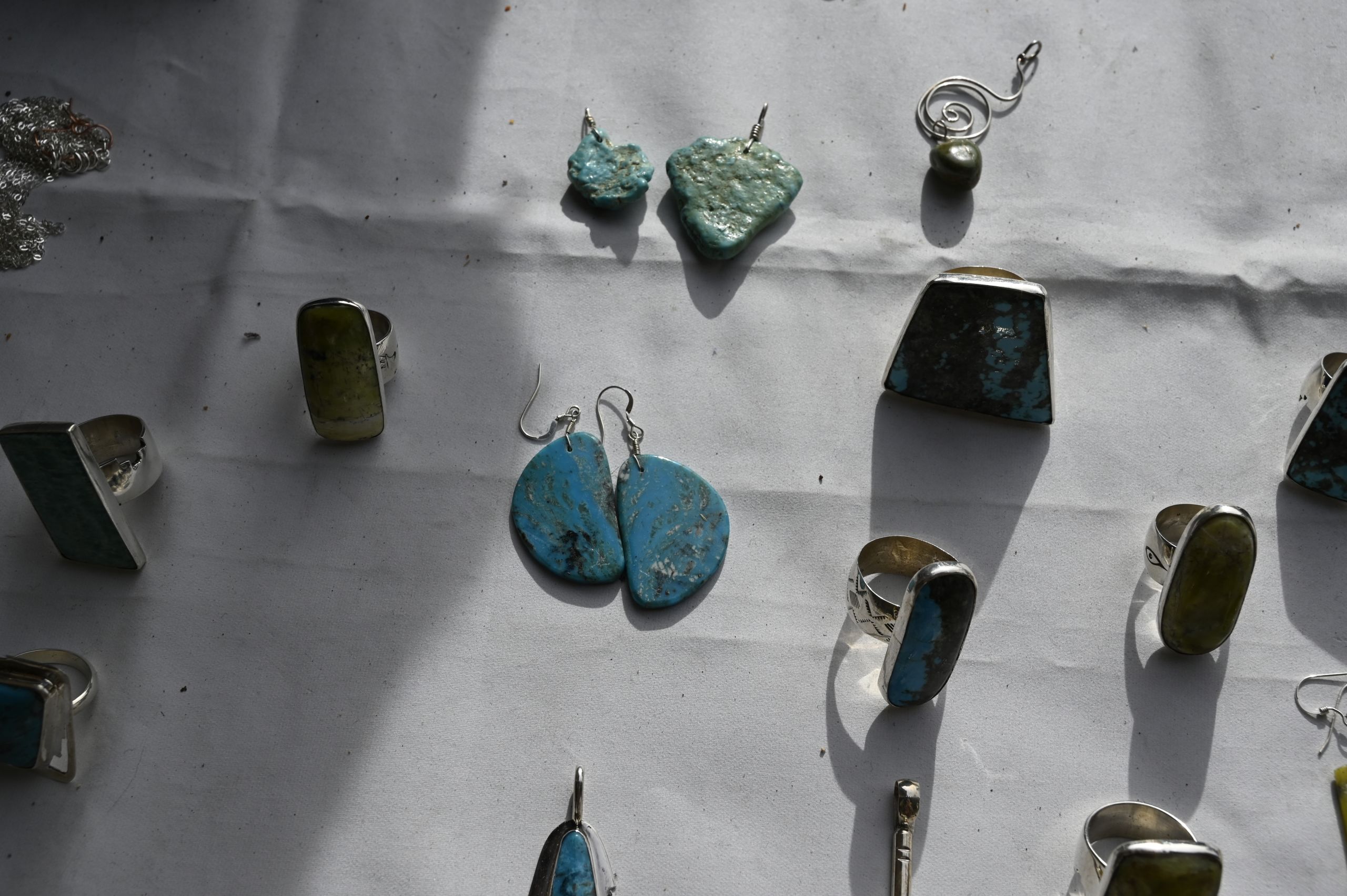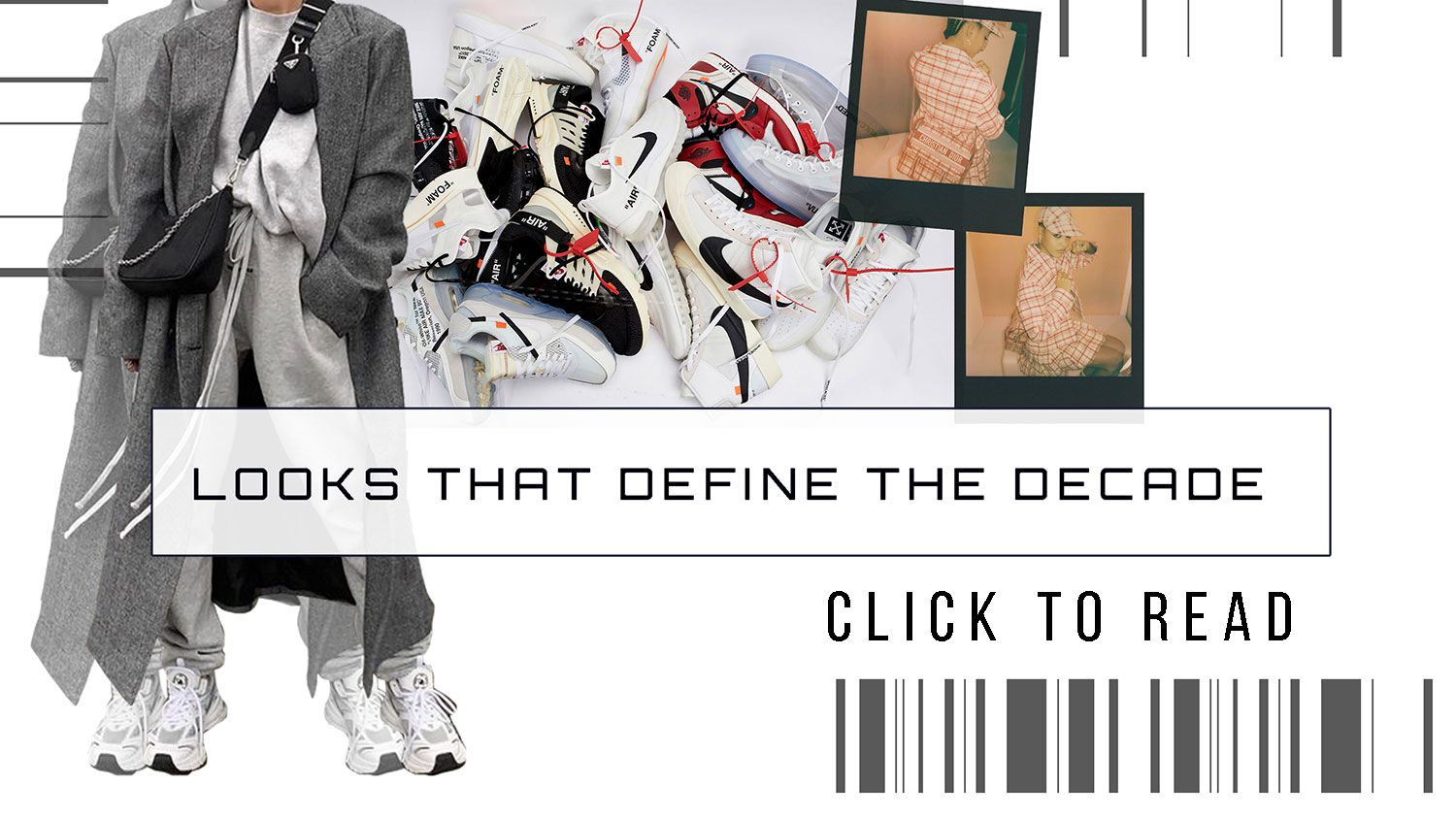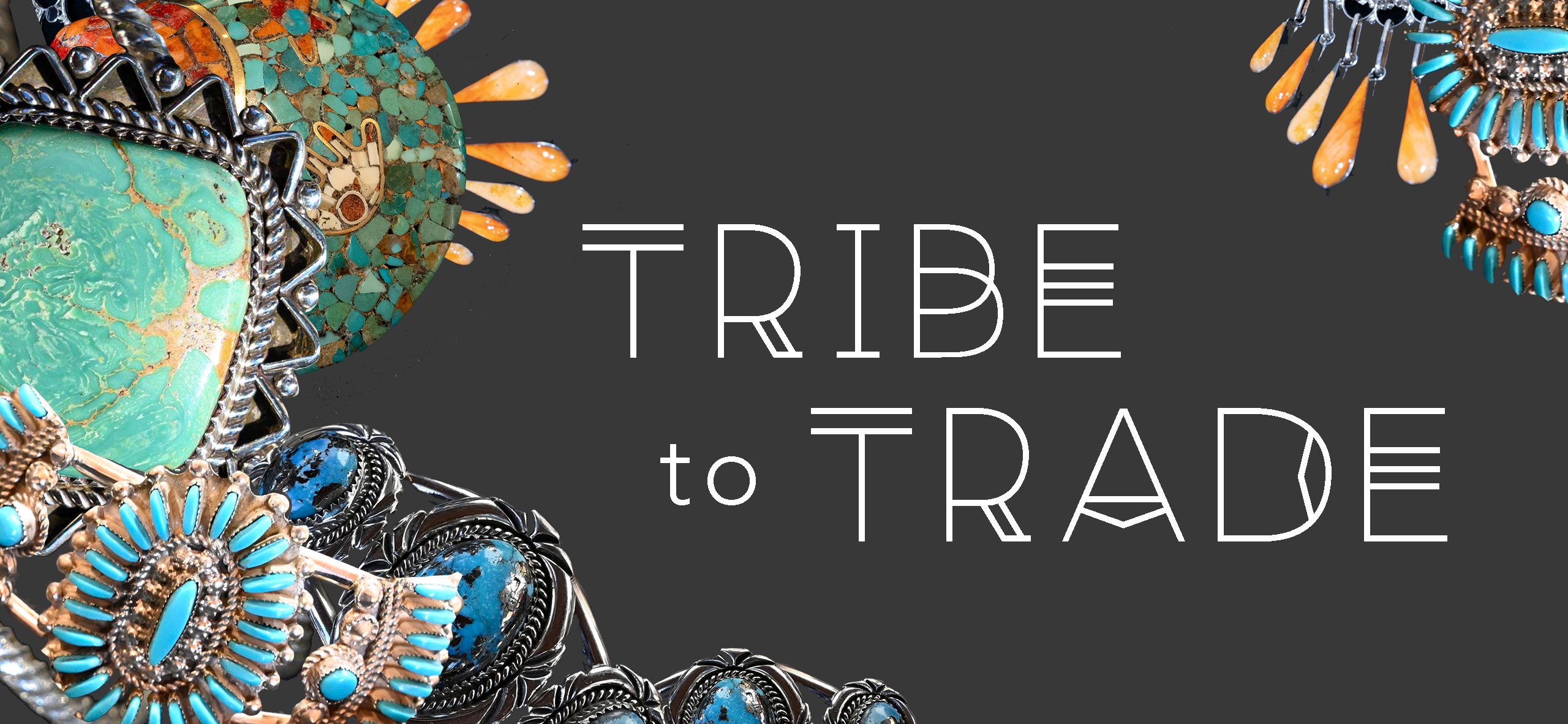
Written by: Haeven Gibbons
Photography by: Haeven Gibbons
A Plaza Steadfast in Tradition
The mountain air floats through the hushed plaza carrying the warm incense of piñon1 in its mist. At daybreak, Native American merchants wake to travel to the Santa Fe Plaza from neighboring pueblos2 and the high desert city of Albuquerque.
Marcus Slim, a member of the Santo Domingo pueblo, hits his alarm clock at 6:30 a.m. to prepare for his journey from Albuquerque to Santa Fe to claim his spot at the plaza by 7:30 a.m. The early bird gets the worm - if there are more artists than spots on the plaza, the late arrivals draw poker chips to see who gets to stay and who has to sacrifice a full day worth of sales.
Blankets begin to line the westside sidewalk as artists make their way into the plaza. The merchants meticulously lay out their art pieces to create elaborate displays of their work. The set-up process can take upwards of 30 minutes. Their art, a sea of deep reds, turquoises and greens, decorates their blanket backdrops and glistens in the sun as light peaks over into the plaza. The Native Americans sit alongside their art displays, some in chairs and some on the ground, wrapped in blankets during the fresh winter months. Now they are ready to begin their daily work. In the early hours of the morning, the smell of blue maize pancakes occupies the town square coming from neighboring restaurants where shoppers dine before partaking in their shopping. As the smell begins to fade, the plaza fills with customers.
piñon1 piñon nuts are found on Pinyon pine trees native to New Mexico.
pueblos2 small towns or villages.
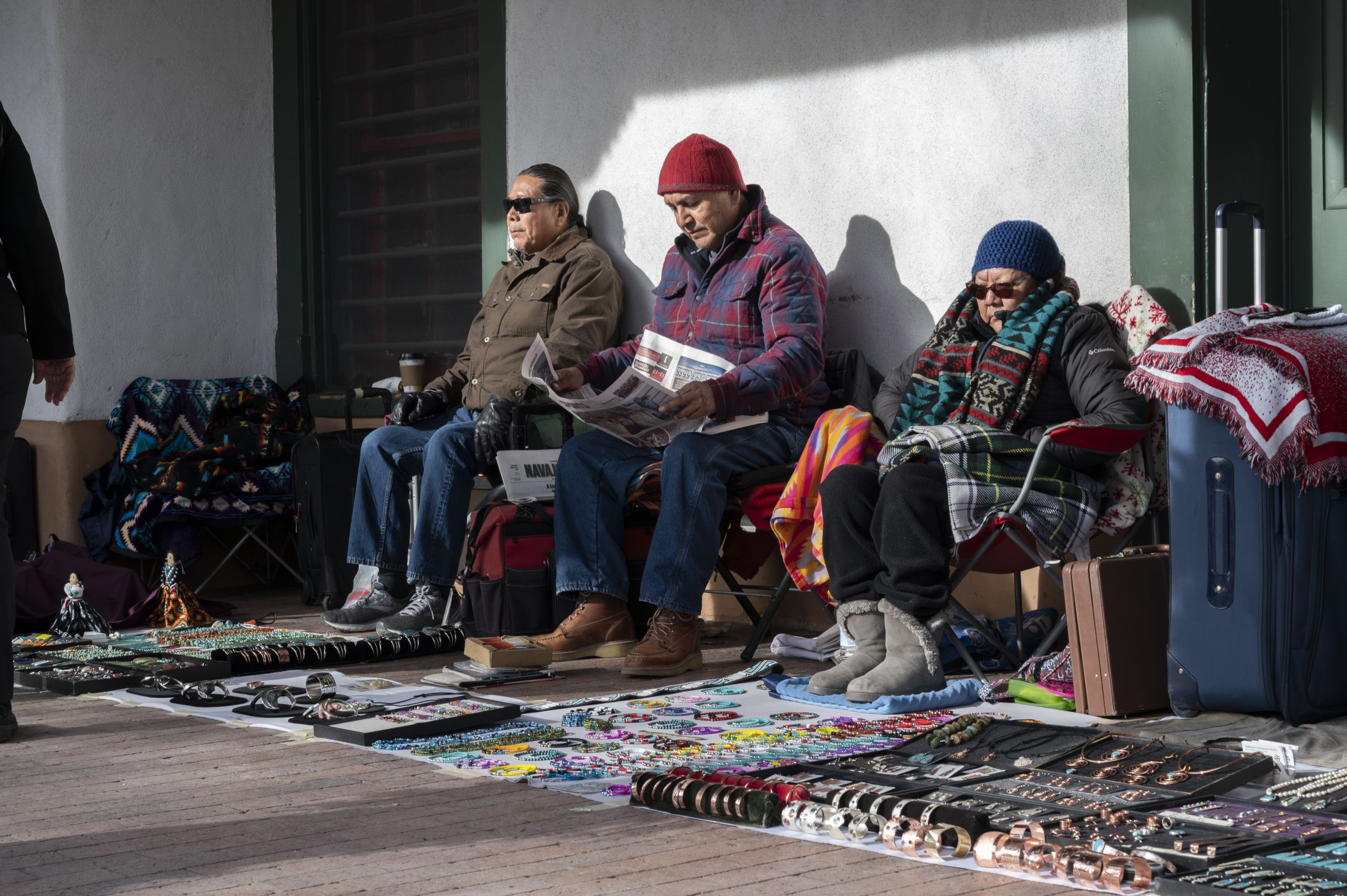
After setting up their displays, the jewelry artisans wait on the westside of the plaza for customers.
After setting up their displays, the jewelry artisans wait on the westside of the plaza for customers.
A man sticks out his hand; in it is an elaborately carved silver bracelet adorned with turquoise material. The man’s first sale of the day is secured.
“Selling one big piece will make the day,” Slim said. But, “the sales vary with the season.”
Just as the merchants arrived when the sun rose, they leave when it sets. They begin to pack up their displays at 6 p.m. in the summer and 4 p.m. in the winter to return to their pueblos and prepare to repeat the process the next day. The Native art-making merchants follow the same routine every day of the week.
The sale of native artwork has been going on for nearly a century. Native traders and jewelry makers travel from nearby pueblos to sell their work as a way of providing for themselves and their families. The majority of merchants on the plaza are from a pueblo southwest of Santa Fe called Santo Domingo, or Kewa3.
To the merchants at the plaza, making and selling jewelry is more than a hobby or an homage to the tribal history; it is their livelihood. The livelihood is passed down through generations as children are brought up learning the trade and the symbols associated with it.
The symbols seen in the jewelry are a reflection of Native American culture - a culture that is often made the target of cultural appropriation by non-Native people.
Counterfeit jewelry is manufactured and sold by non-Natives, which affects Native Americans both financially and emotionally. For counterfeiters, it is a way to profit on something that does not belong to them. While some organizations are helping combat the issue of counterfeiting, much of the problem has been left to the Native Americans. Native merchants are continuing their traditions and ensuring their jewelry is authentic.
Kewa3 Formerly known as Santo Domingo Pueblo, Kewa is the native name of the small town.
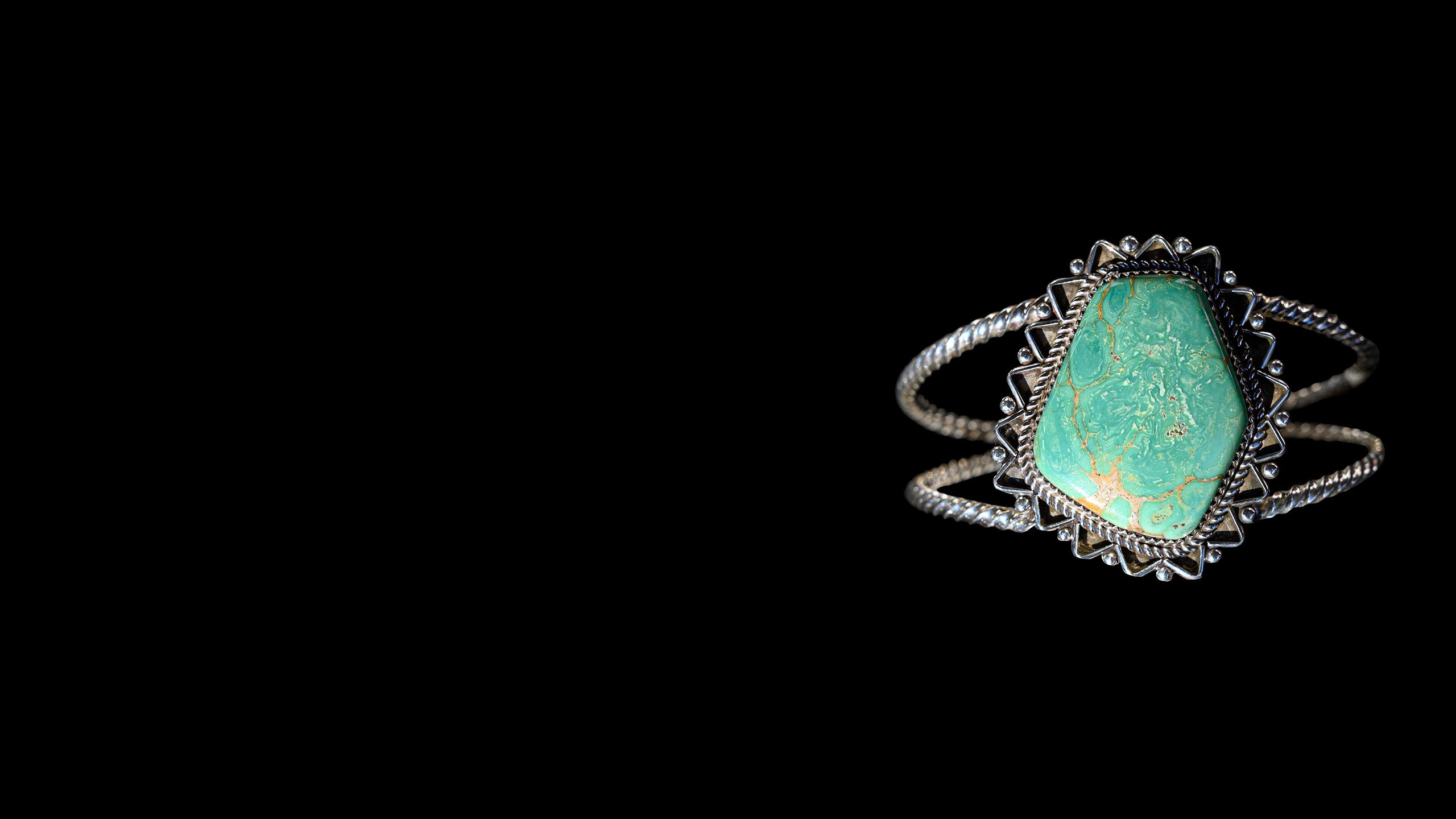

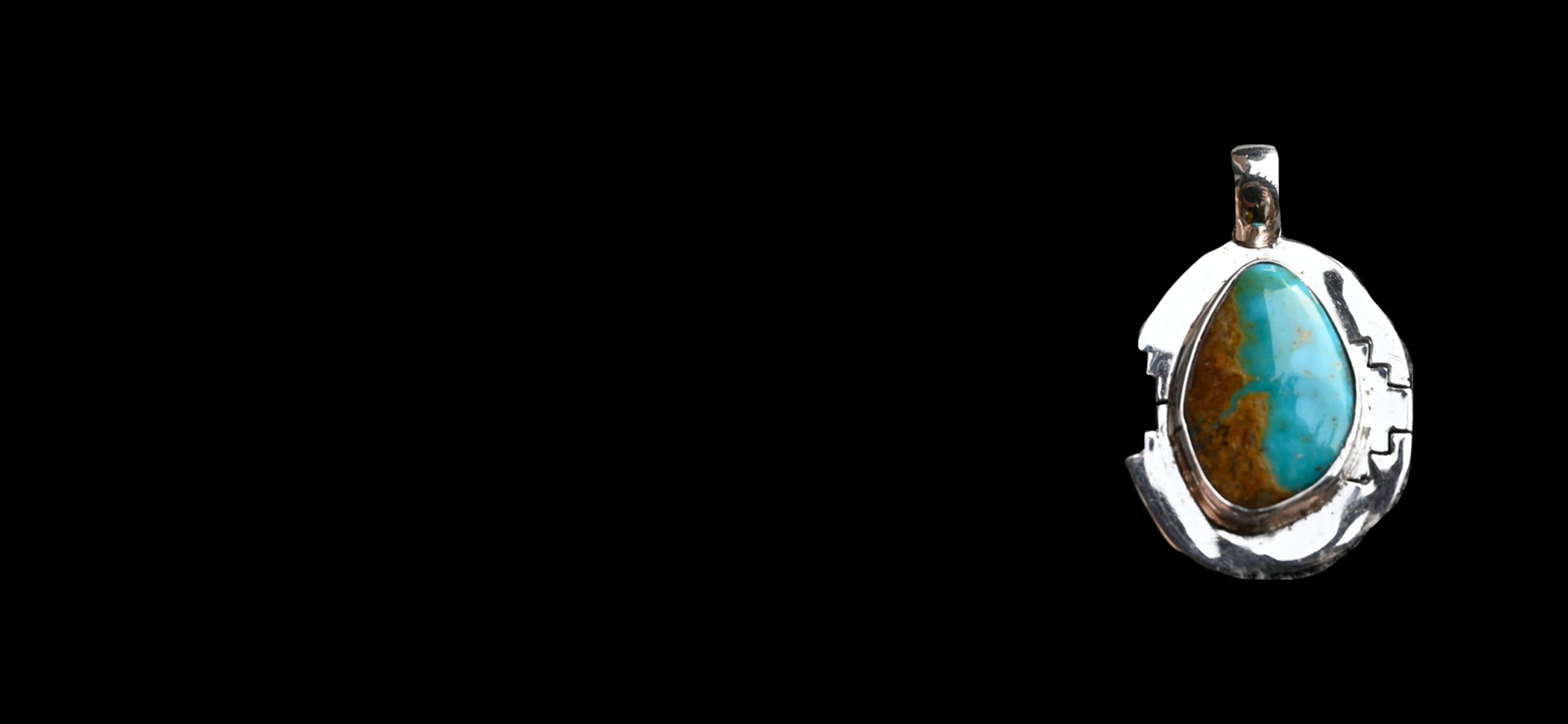
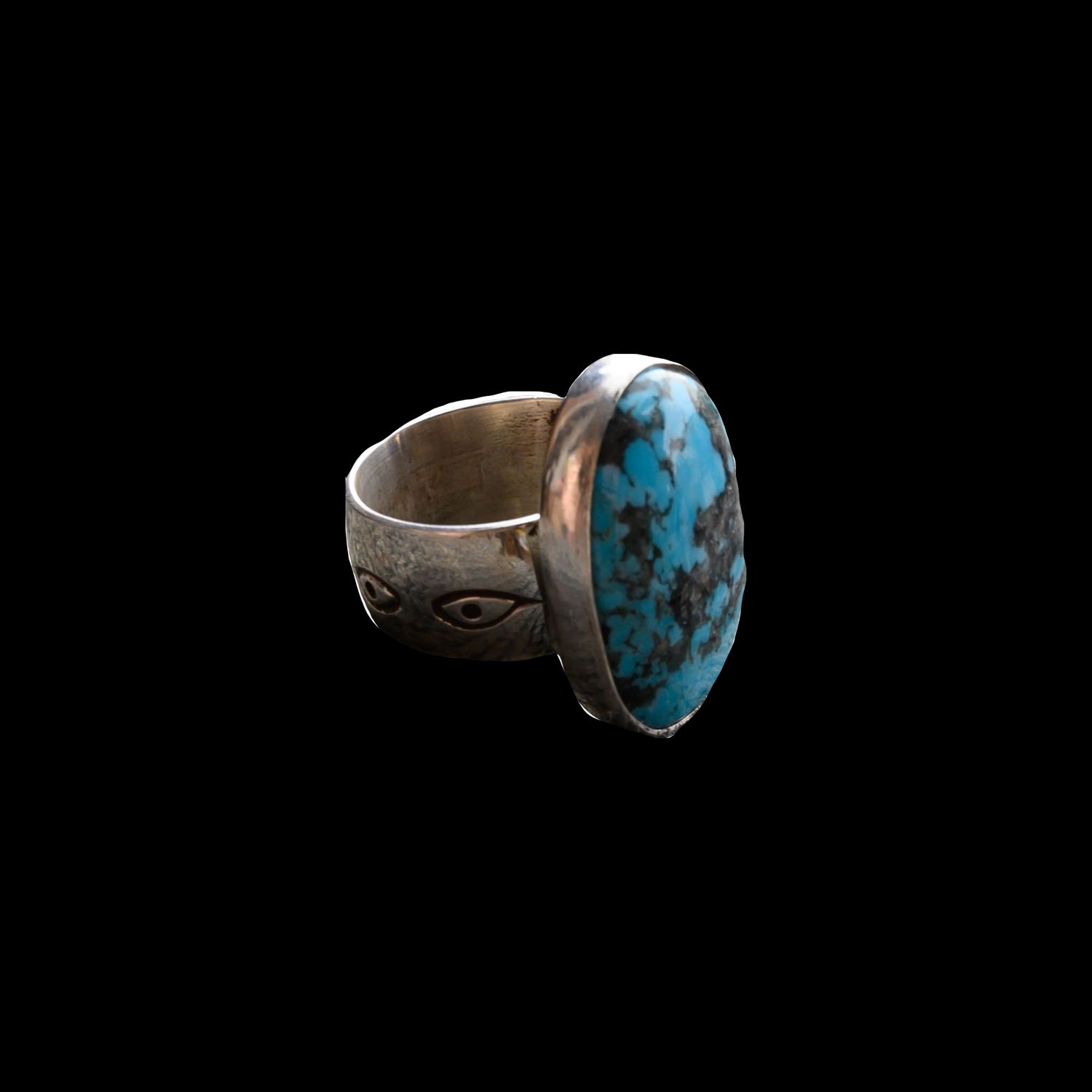
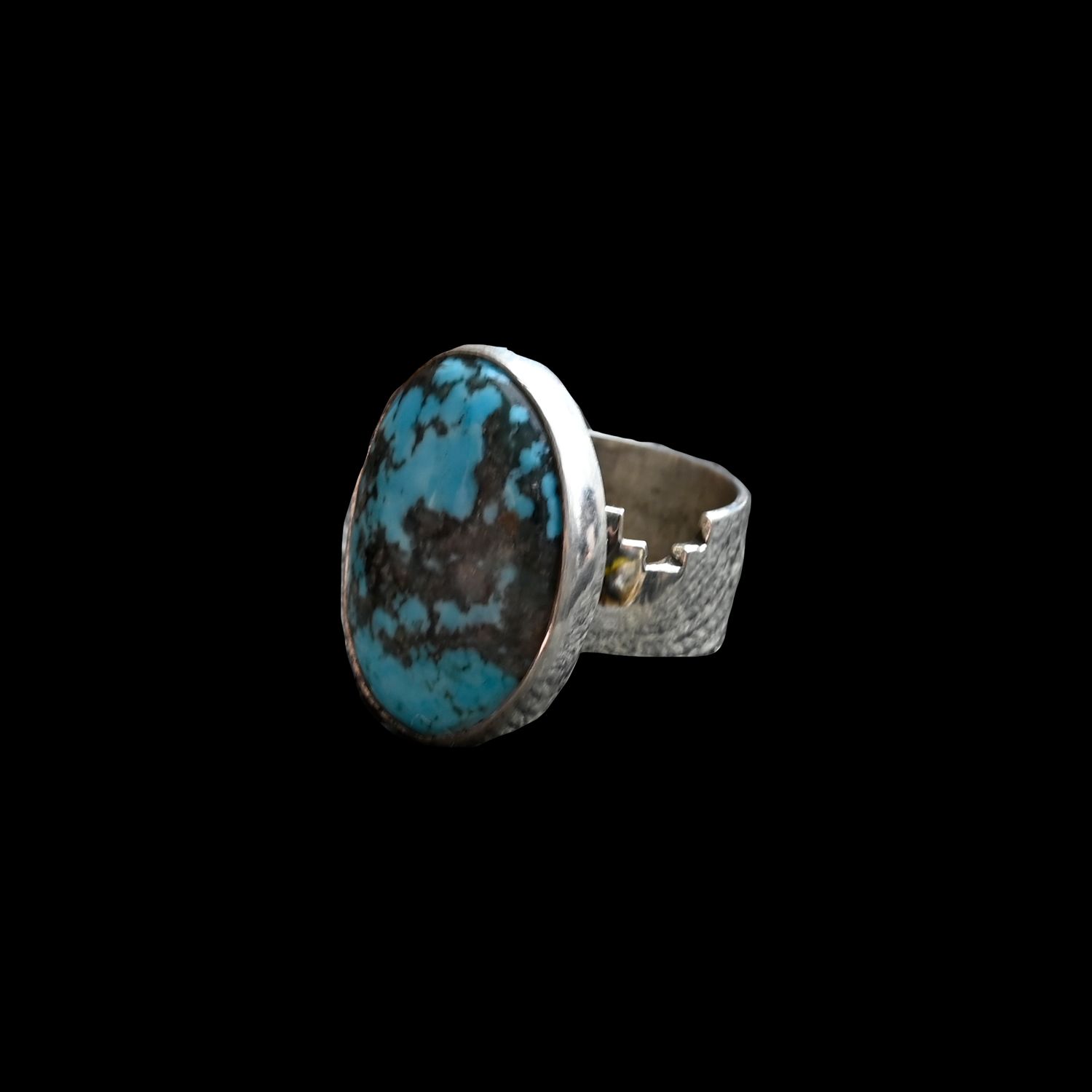
Georgia Sanchez is a household name in the plaza. Sanchez, a member of the Santo Domingo Pueblo, was taught to make and sell jewelry by her mother. She has been making and selling jewelry at the plaza for 13 years. Currently, she teaches the craft to her own children in hopes that they will sell jewelry in the plaza if they wish to do so, too.
For Sanchez, making and selling jewelry is not only about making a living: it is a way to keep the tradition alive.
“Turquoise symbolizes ‘good luck’ in my culture,” Sanchez said. “The red pipestone symbolizes healing.” Both stones are incorporated into the majority of her work and are sourced from traders who visit her pueblo regularly.
Another member of the Santo Domingo Pueblo is Florence Bailon. Similar to Sanchez, Bailon's technique focuses on the use of symbols, which she engraves into the silver bands and borders surrounding the turquoise stones.
“The eyes and kiva step4 mean protection,” Bailon said.
Making a single piece of jewelry is not a simple task. “Stone cutting happens one day and sanding and polishing the next,” said Bailon.
Bailon explained the process can take longer than a week. “The stone is laid in last after the silver is fashioned.”
kiva step4 a staircase-like symbol – a Kiva is a venue for Puebloan rituals.
Tufa5 casting, developed by the Navajo tribe, is another technique Bailon uses when making her pieces. The process involves carving a design into the porous tufa stone, then pouring molten silver into the carved design. This artistry can be seen in Bailon’s Thunderbird6 pendant (on the left).
The artisans are taught to make jewelry as children by their parents. Their hands are worn from the years of jewelry making.
One Santo Domingo Pueblo member started working with clay when she was 5 and eventually moved to turquoise and silver at the age of 10. She reflected on her days as her mother’s apprentice. Making jewelry was much more complicated and physically demanding than it is today, she said.
The process she was originally taught involved making and handling a silver tubing which is essential for any pendant, ring or necklace. The process required pouring liquid silver into a tubing mold, then stepping on the mold to pull the silver rod out once it hardened. Luckily, she has “better tools” now and no longer has to step on the mold to remove the silver cylinder. Although technological innovations have expedited the jewelry making process, she maintains that jewelry making is a lot of work and takes up a lot of time.
Tufa5 a porous rock formed by precipitation from water around mineral springs.
Thunderbird6 a mythological Native American creature associated with agriculture and rain.
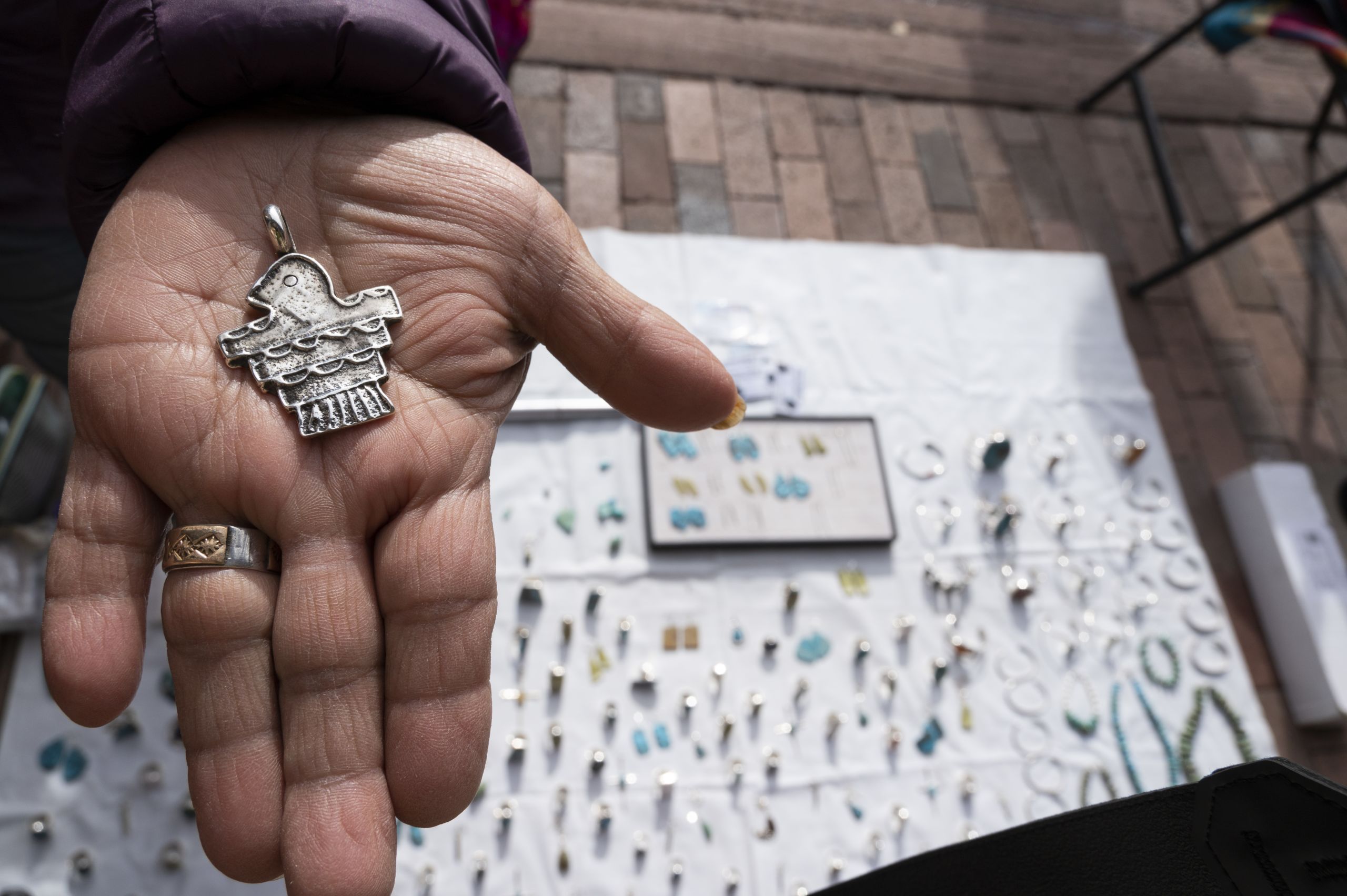
Navajo Jewelry Symbolism: “I am like the frog hoping for rain.”
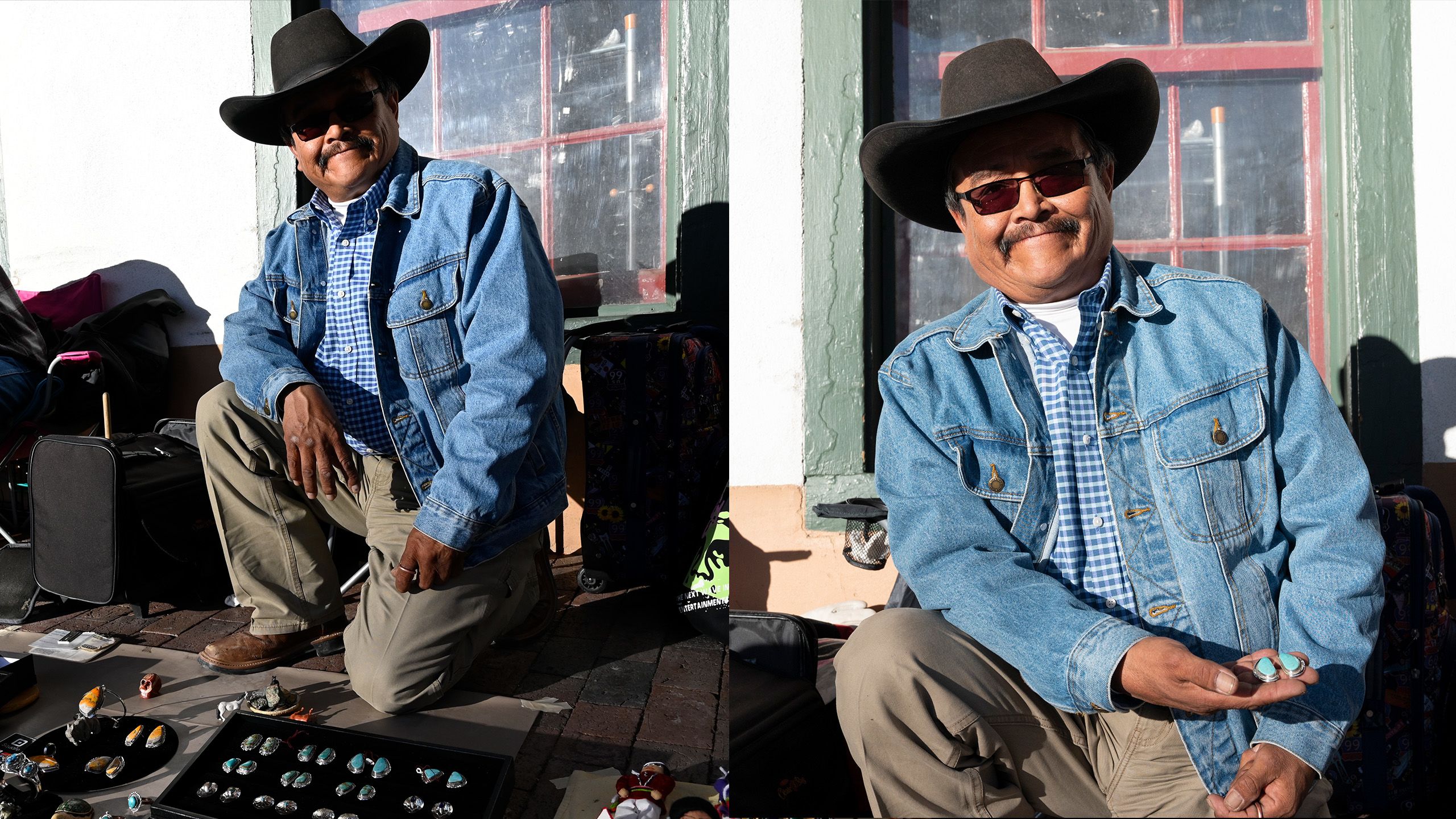
Emerson Yazzie poses with his jewelry.
Emerson Yazzie poses with his jewelry.
The jewelry making craft is much more than forming liquid silver and setting stones - the process helps children learn their cultural symbols that are deeply rooted in many of their beliefs and lifestyle choices.
Symbols are a part of all tribes; however, the Navajo are known for the abundant use of symbols in their artwork. The plaza is full of merchants from the Santo Domingo Pueblo, but there are also many sellers from the Navajo tribe which is located northwest of Santa Fe.
Emerson Yazzie, a Navajo tribe member, is known for his attention to detail. Every piece of jewelry he sells is designed to perfection, and as a silversmith, he never takes any shortcuts.
Yazzie comes from a long line of jewelry-makers; his grandfather began fashioning jewelry in the late 1800s and his father in the 1940s. He credits his family lineage for sparking his passion for jewelry making and teaching him to create exceptional, authentic Navajo jewelry.
Even though new techniques have made the process much easier and more efficient, Yazzie continues to create each piece from scratch the same way his mentors did.
Steadfast in tradition, most of Yazzie’s pieces incorporate Navajo symbols. The ‘journey of life’ symbol is prevalent on his bracelets and earrings.
The circular design borders the entire piece representing one’s journey as the person grows and changes alongside the four seasons. The symbol of the four-circuit mountain is present throughout his jewelry. The four-circuit mountain connects the people to their roots, for in Diné Bahane’7, a Navajo creation story, it is said that their homeland is surrounded by four sacred mountains formed by the Holy People. In his jewelry, Yazzie borders each side of the turquoise stones with the mountain design engraved into the silver. The turquoise represents the Navajo homeland and the mountain symbolizes the four mountains.
Diné Bahane’7 a popular Navajo creation story describing the prehistoric creation of the Navajo people
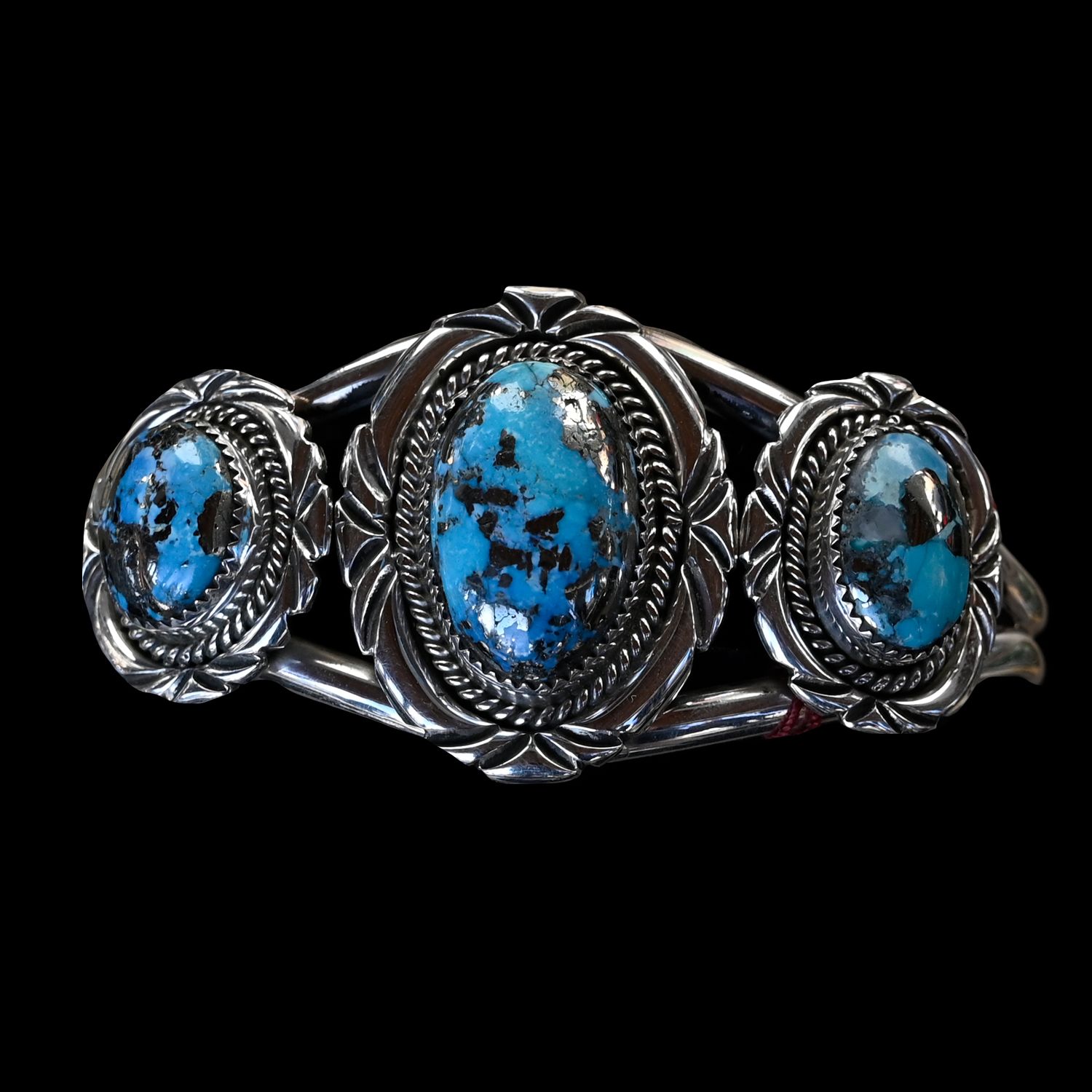
The four-circuit mountain design is engraved into the silver surrounding the turquoise stone. This is a bracelet fashioned by Yazzie.
The four-circuit mountain design is engraved into the silver surrounding the turquoise stone. This is a bracelet fashioned by Yazzie.
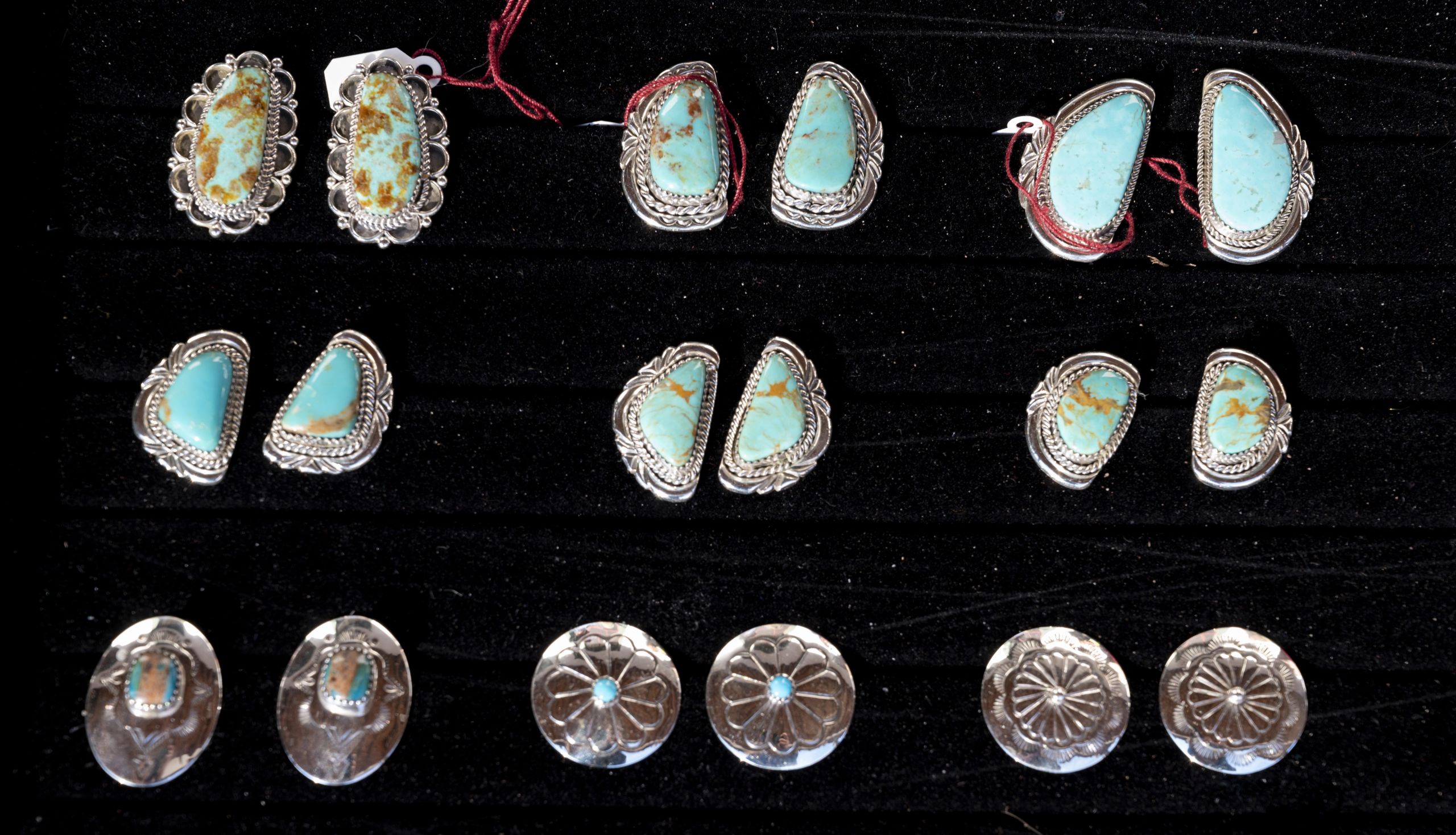
Earrings and pendants by Yazzie that incorporate the journey of life and four-circuit mountain symbols. (Top left: journey of life; top right: four-circuit mountain)
Earrings and pendants by Yazzie that incorporate the journey of life and four-circuit mountain symbols. (Top left: journey of life; top right: four-circuit mountain)
Yazzie uses symbols to signify hope for the future, but also to portray his people’s past.
In Santa Fe, snow used to cover the plaza but now “there is no snow,” Yazzie sighed. “Rain is good luck in my culture,” he says. “I am like the frog hoping for rain.”
The frog is the Navajo rain god. You don’t hear any frogs when it’s not raining because they are all under the water, but when it rains, the frogs come out and start making noise, he described. To display the need and appraisal for rain, Yazzie designs raindrop-shaped earrings with “sleeping beauty turquoise” in the center.
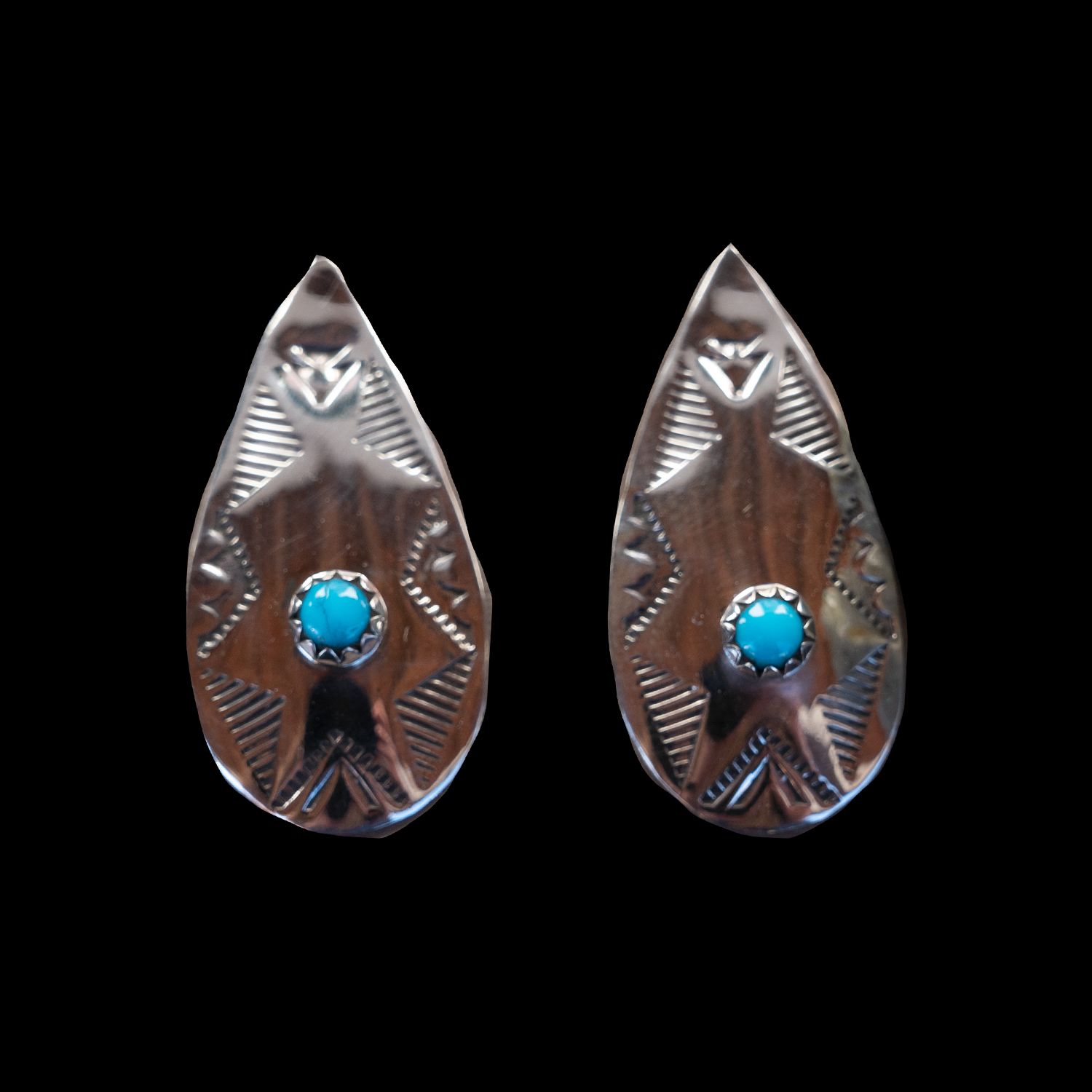
Above are the raindrop shaped earrings with sleeping beauty turquoise in the center.
Above are the raindrop shaped earrings with sleeping beauty turquoise in the center.
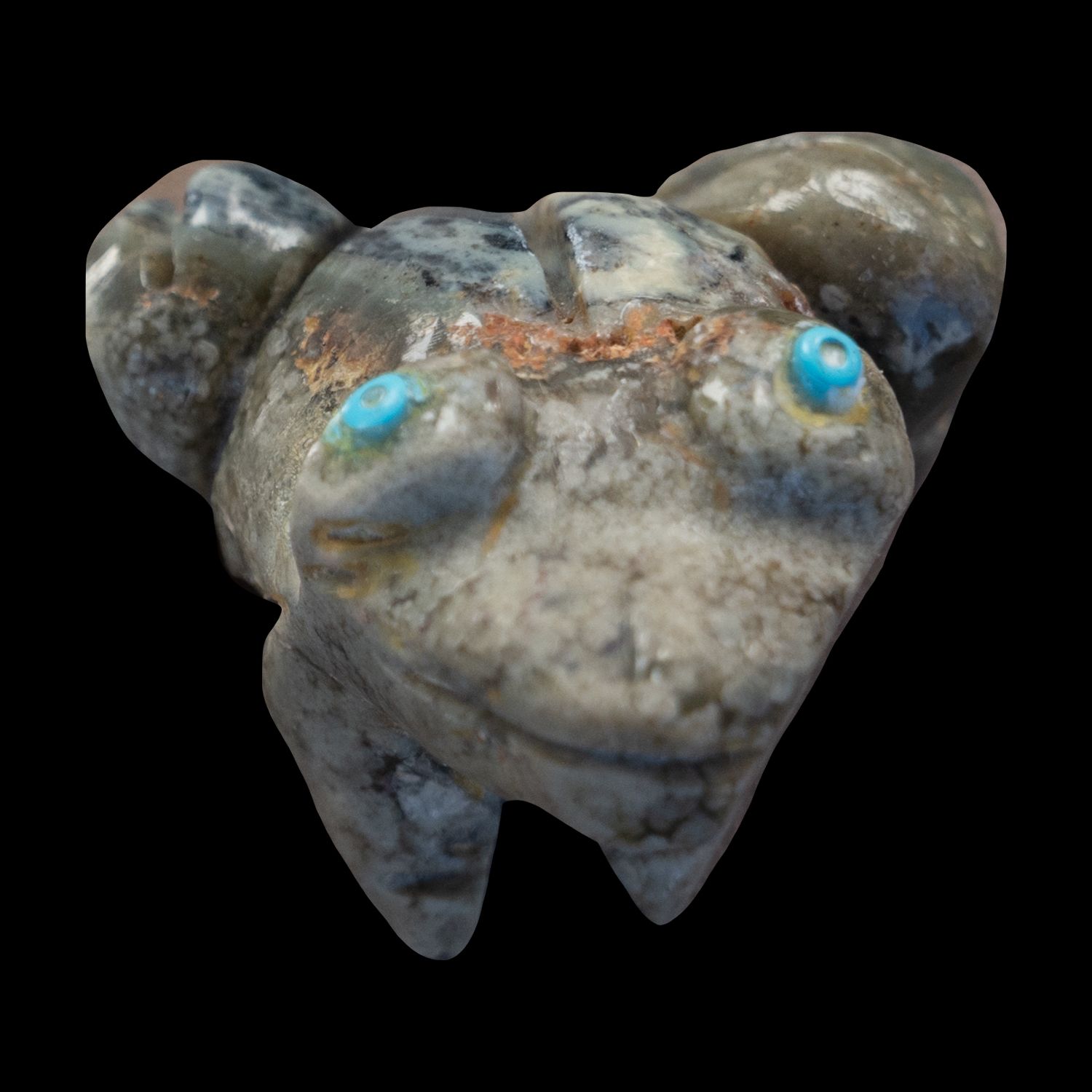
Above is the frog Yazzie crafted as a symbol of the Navajo rain god.
Above is the frog Yazzie crafted as a symbol of the Navajo rain god.
The sleeping beauty turquoise is the purest form of turquoise provided to him by a trader with family ties. Some turquoise stones are not as pure and have veins running through them known as matrixes. The color of the matrix depends on from which host rock it was derived, commonly iron or copper. The host rock also affects the color of the turquoise itself. Turquoise derived from iron appears to have green hues, while turquoise derived from copper results in a deeper blue color. Yazzie takes great pride in his heritage, and his craftsmanship is a clear reflection of that.
The origins of the sale of Native American jewelry and the counterfeit conundrum that has followed
Santa Fe Plaza attracts a variety of locals and tourists alike. It is no coincidence that most of the Native Americans selling jewelry in the Santa Fe Plaza represent the Santo Domingo tribe, for the Santo Domingo Pueblo was one of the first in the United States to begin selling jewelry to tourists. During the Depression era, the tribe designed and sold special necklaces with a mosaic thunderbird pendant attached. The pendants were made from cheaper, often recycled materials including old red, black and green vinyl records. The mosaic style was used by the Santo Domingo tribe even before the Depression, but through sale to non-tribal members, the thunderbird design became even more recognizable during that era. Today, new thunderbird designs reference the old Depression era designs - sans vinyl records.
Visitors to the plaza admire the exquisite attention to detail and the process that goes into making the jewelry. Unfortunately, the production of counterfeit and imitation Native jewelry has become an epidemic across the U.S. and the world. Non-natives have become so efficient at replicating the look of Native American jewelry that it is often difficult to distinguish what is genuine. Beyond the financial loss as a result of cheap, mainstream replicas, the counterfeit products are an insult to the Native culture and vocation.

Demand for Native American arts rose in the 1980s. Some manufactures saw this as an opportunity: not only did they take advantage of the growing market, but of Native American culture itself.
A jewelry manufacturer set up a factory in a village in the southern Philippines and persuaded the people there to rename the village Zuni so the jewelry could be labeled “Made in Zuni” and mislead potential buyers. Beyond the Philippines, this is an issue on almost every continent. In Brazil, copies of Apache and Navajo baskets are woven; in Mexico, imitation Navajo blankets are crafted. In Thailand, not only is the jewelry imitated, but blue plastic is used instead of the turquoise stone and nickel-zinc instead of silver.
Not only does the sale of this jewelry deceive the people who buy it, but the Native Americans are greatly affected. While foreign manufacturers profit from the counterfeit prototypes, Native Americans have had their incomes cut by one-third, and the devastation is seen across the Zuni Indian Reservation in New Mexico. Fakes are believed to account for as much as half of the market in Native American arts and crafts, worth up to $1 billion a year.
As the quantity and quality of counterfeit Native American jewelry pervades, so does the disparity of the Native Americans whose livelihoods depend on income from the jewelry market.
To help combat this crisis, local organizations and some of the stores that border the plaza educate people on the difference between authentic and fake jewelry. If a piece is labeled as handmade, this means it was hand-fabricated from raw materials by the artists. Hand crafted yields a different meaning. It is the assembly of pre-made components, requiring less skill than handmade. The receipt received with the purchase should include the artist’s name, tribal affiliation, value of the purchase and a description of the item purchased, including materials used and the style. Silver should be labeled as sterling silver and the artists should say if the stone is real or plastic. The Indian Arts and Crafts Act of 1990 states it is illegal to offer or display for sale any good in a manner that falsely suggests it is Native American-produced, or the product of a particular Native American tribe or Native American arts and crafts organization within the United States. Although this law remains in the United States, it is not existent in all countries that partake in the imitation of Native American jewelry. It is important that consumers are educated on what is authentic and what is synthetic in order to support Native Americans.
Off the Plaza: Keeping authenticity paramount
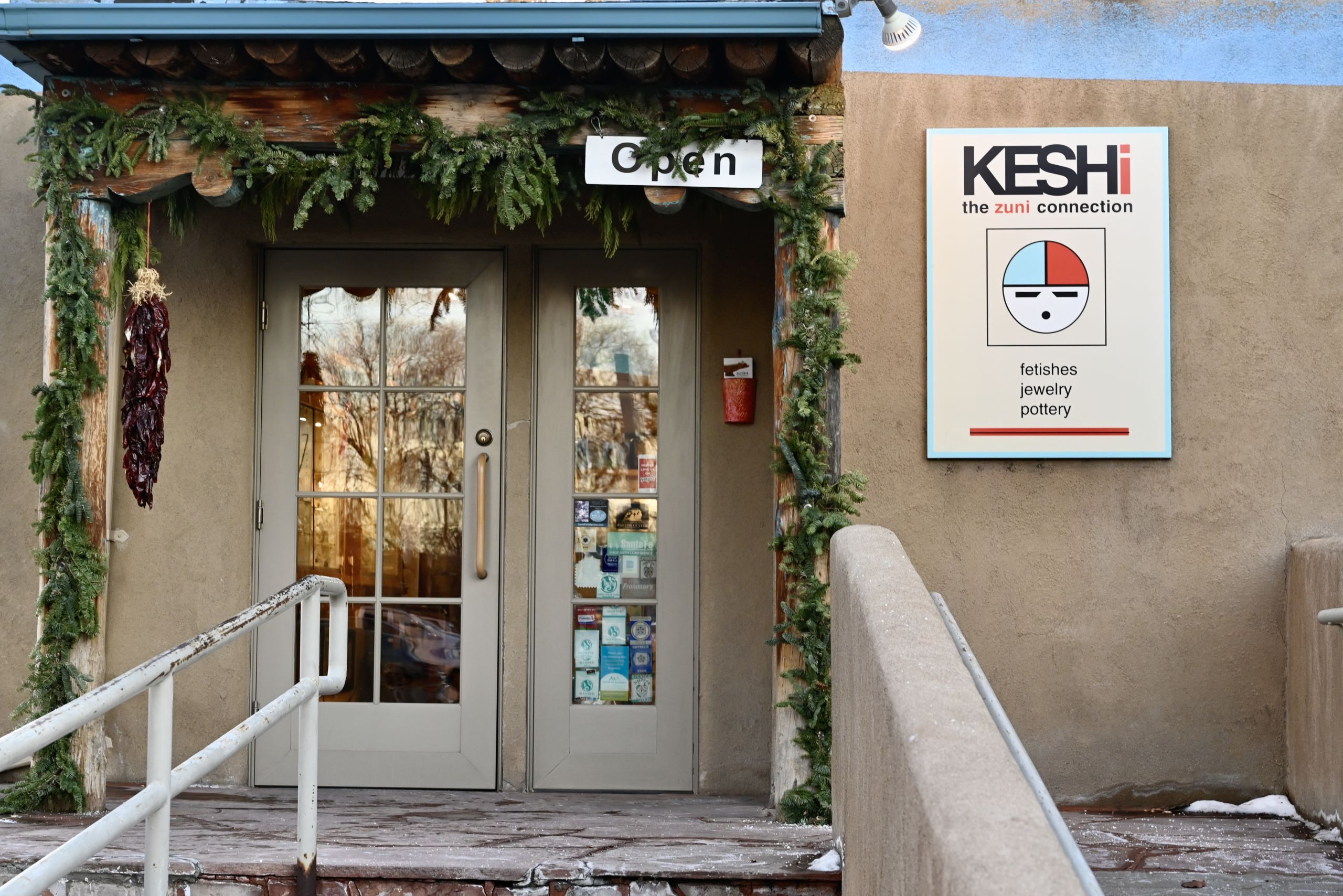
Keshi is a shop located off of the Santa Fe plaza. They are dedicated to the sale of authentic Native American jewelry.
Keshi is a shop located off of the Santa Fe plaza. They are dedicated to the sale of authentic Native American jewelry.
Thankfully, there are many shops in downtown Santa Fe that take pride in selling authentic pieces, including Keshi (kay-she): “the Zuni Connection.” This store strives to help Native Americans in any way, ensuring the sale of authentic jewelry at equitable prices. Keshi was opened in 1981 by Bronwyn Fox, a New Mexico native who grew up at Zuni Pueblo, and Robin Dunlap, Fox’s mother and Zuni school teacher. Many of the artisans who sell their work to the gallery are Dunlap’s former students and Fox’s former classmates.
This mother and daughter’s history with the Zuni tribe has allowed them to build personal relationships with their jewelers, strengthening the gallery’s mission to support living artists and to educate those who visit Keshi. What makes Keshi so unique is two-fold. First, Keshi buys directly from the Native American jewelers and allows them to set their own prices. Second, the store pays the artists immediately, before the items are ever sold. It is part of the faith and belief Keshi has in the artists that their pieces will sell when the right person comes along.
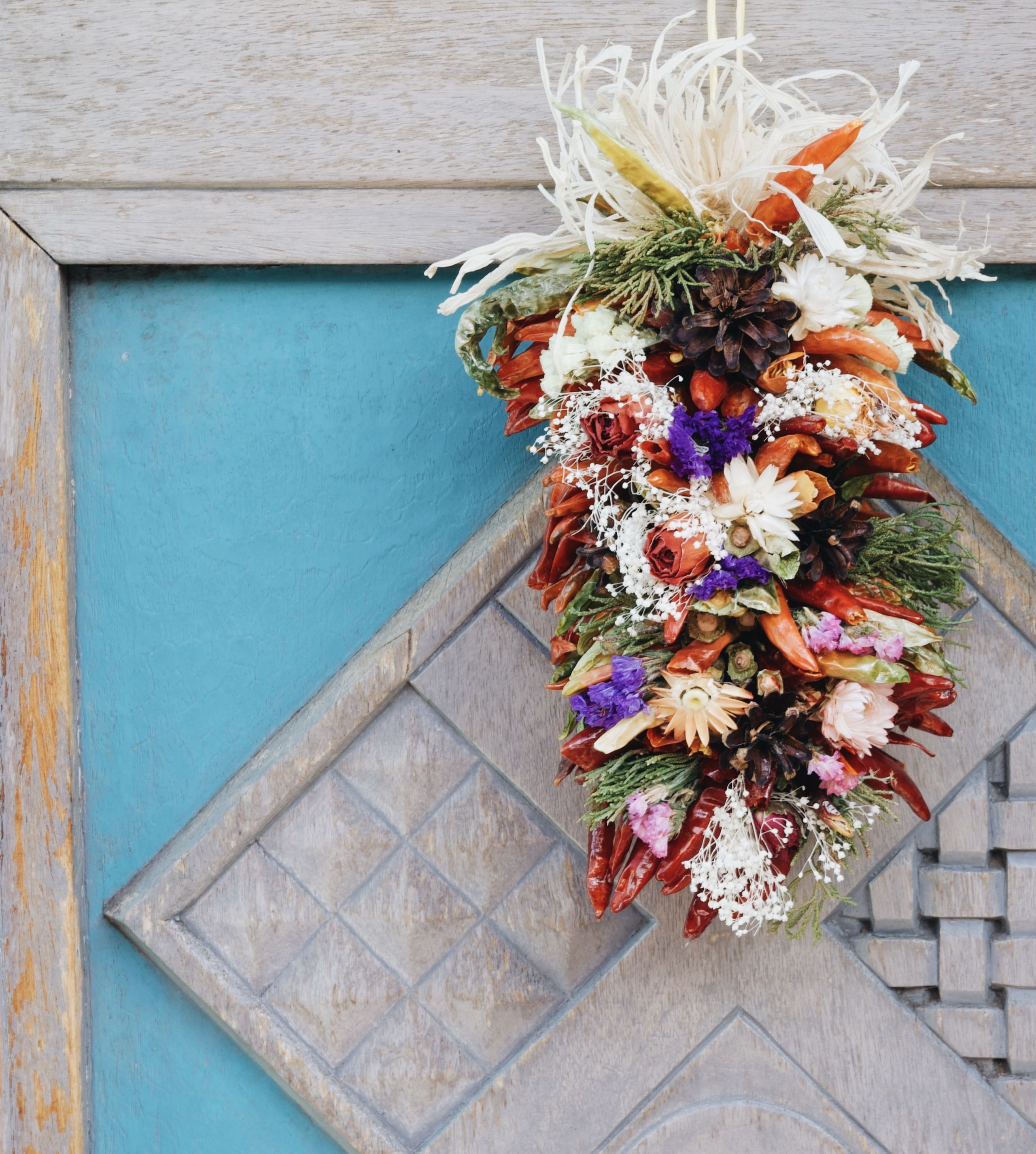
Just as one can find jewelry on the Santa Fe Plaza from various tribes, Keshi accepts pieces from several different pueblos. These include, but are not limited to, Zuni, Santo Domingo and Cochiti.
The store captures how jewelry has changed through generations of artists, for traditional and contemporary styles of Zuni jewelry are both presented and sold at Keshi.
Traditional Zuni jewelry is made utilizing the stone-setting techniques of needle point and petit point, which involve individual turquoise stones being placed in clusters of exquisite detail.
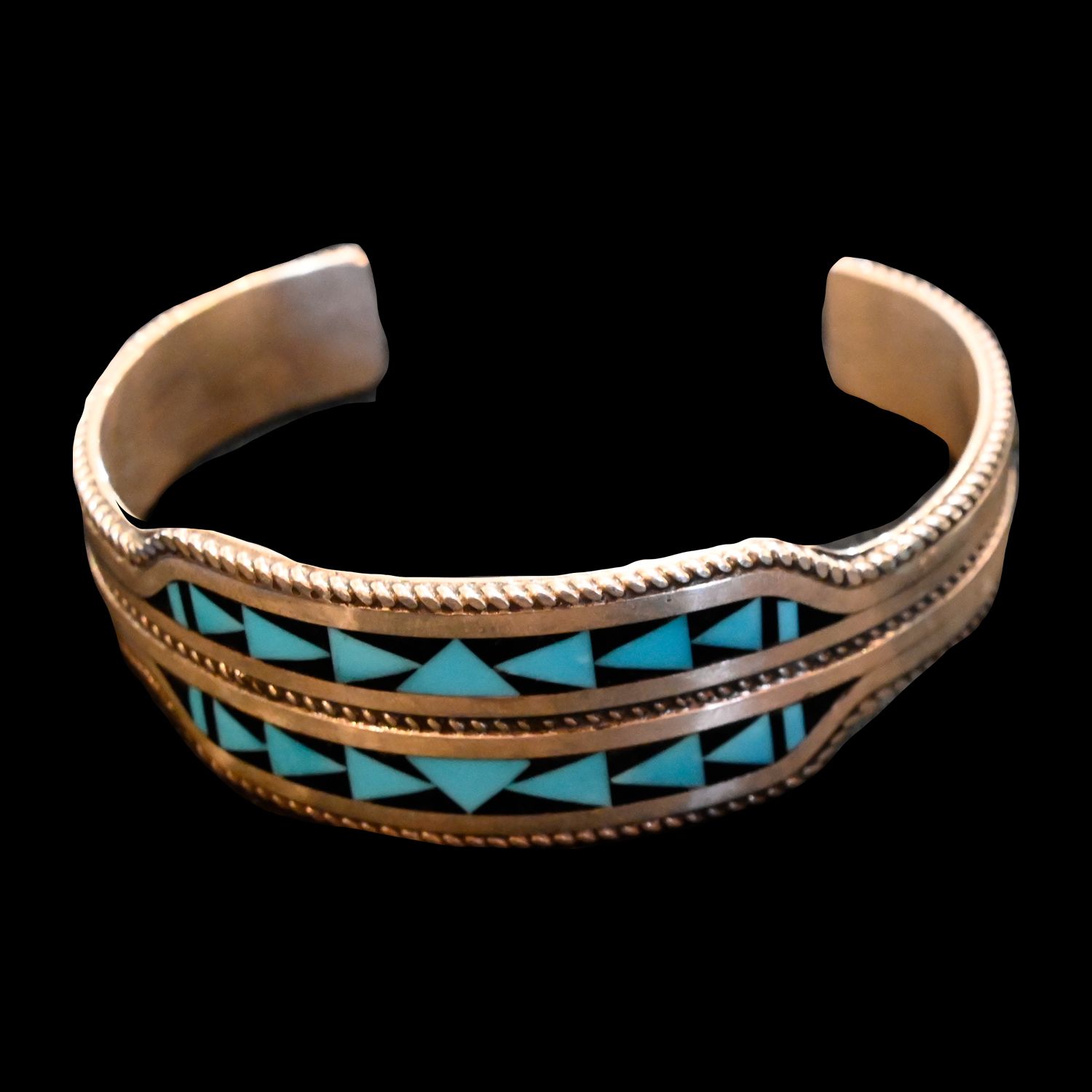
Contemporary style Zuni jewelry is crafted with inlayed stone to create a sleeker look.
Contemporary style Zuni jewelry is crafted with inlayed stone to create a sleeker look.
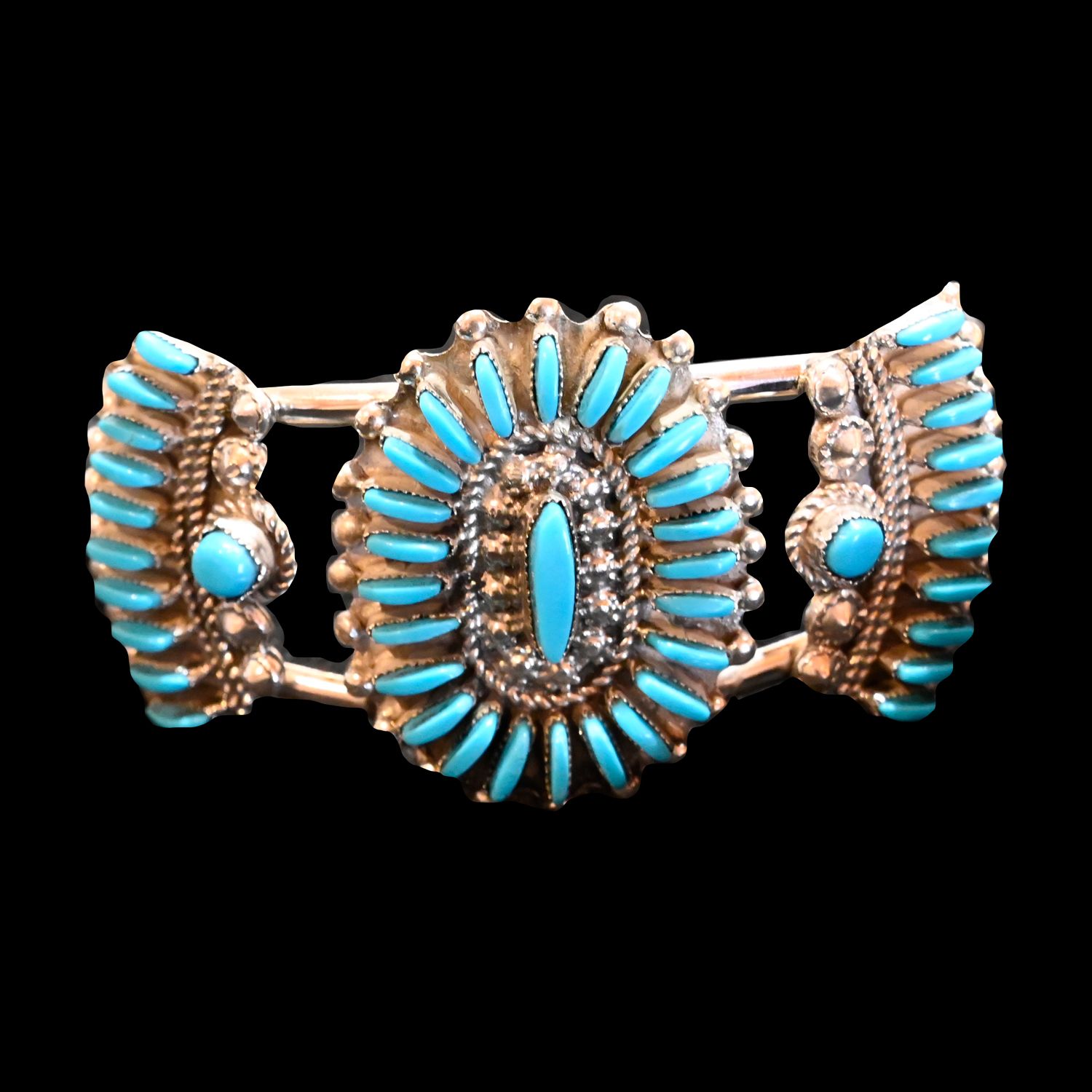
This bracelet was fashioned using the the stone-setting techniques of needle point and petit point.
This bracelet was fashioned using the the stone-setting techniques of needle point and petit point.
Contemporary styles are identified by inlaid stones of various types which may be separated by thin silver channels. The sun face pendant is an example of the Zuni contemporary style of inlay jewelry. Sun face is a signature of the Zuni tribe conveying father and son. The various colors used in the piece symbolize all elements in balance together.
(The sun face pendant is pictured below)
Santo Domingo artists also use inlaid stones in their jewelry; however, the style is much different from Zuni.
Keshi employee Susan characterizes Santo Domingo inlays as “maybe a little funkier.” This style of inlay is portrayed in the hand pendant made by Santo Domingo artist Mary Coriz Lovato of the Corn Clan.
The Santo Domingo Pueblo is known for trading seashells from the Gulf of California and the Pacific over regular trade routes. Lovato raised five sons to become accomplished silversmiths and set the standard by which shell inlaid jewelry is measured.
The mosaic look in many of her inlay pieces is achieved through the use of shells and other elements such as turquoise, pipestone, serpentine, coral, jet and mother-of-pearl. The various colors of the different stones signify the sun’s glow and are prevalent throughout Lovato’s jewelry.
The hand pendant in particular means protection, creativity and all of the different races coming together as one. The two tribes’ creative styles can be clearly differentiated through comparing the Santo Domingo hand pendant with the Zuni sun face pendant.
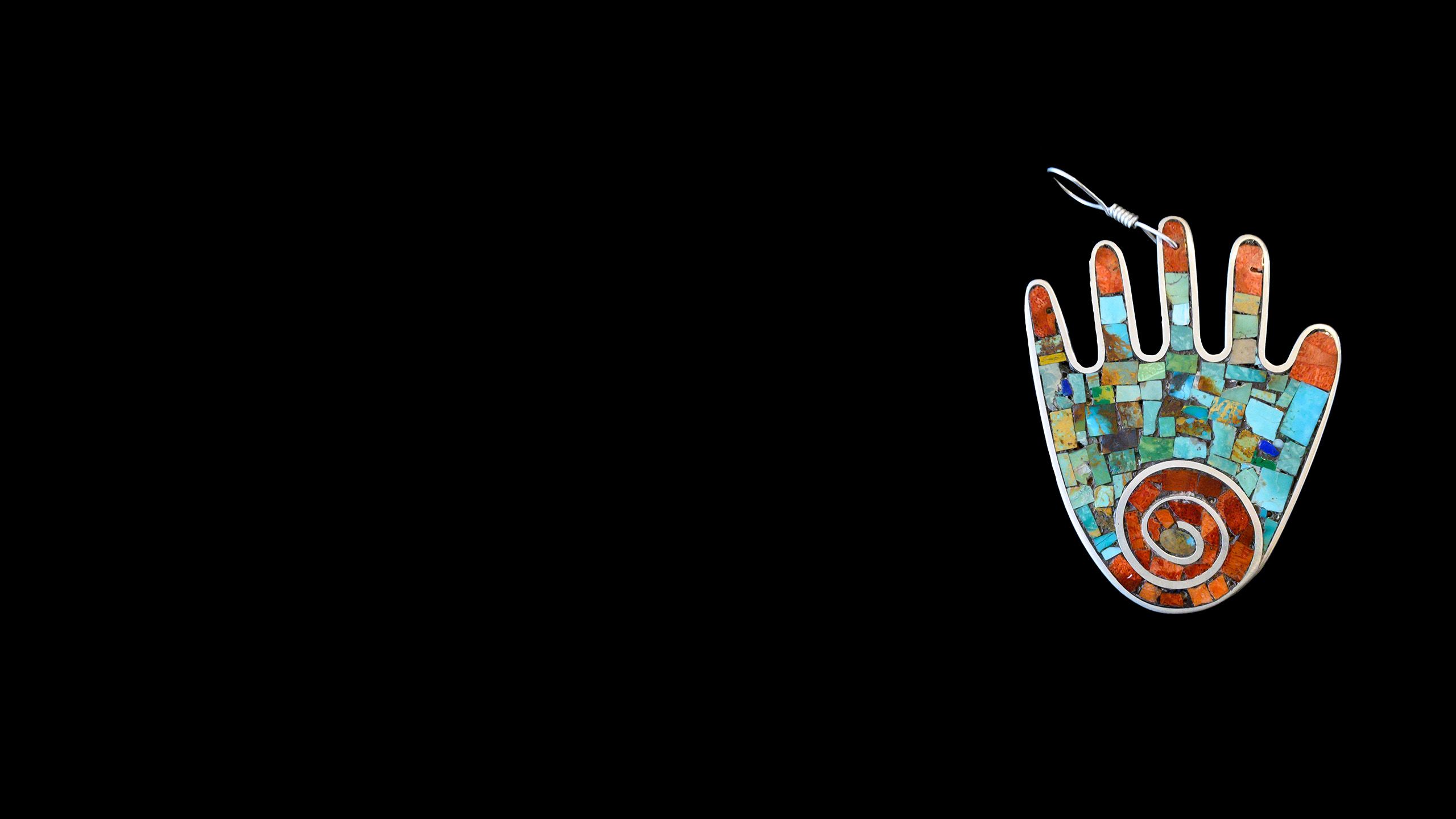
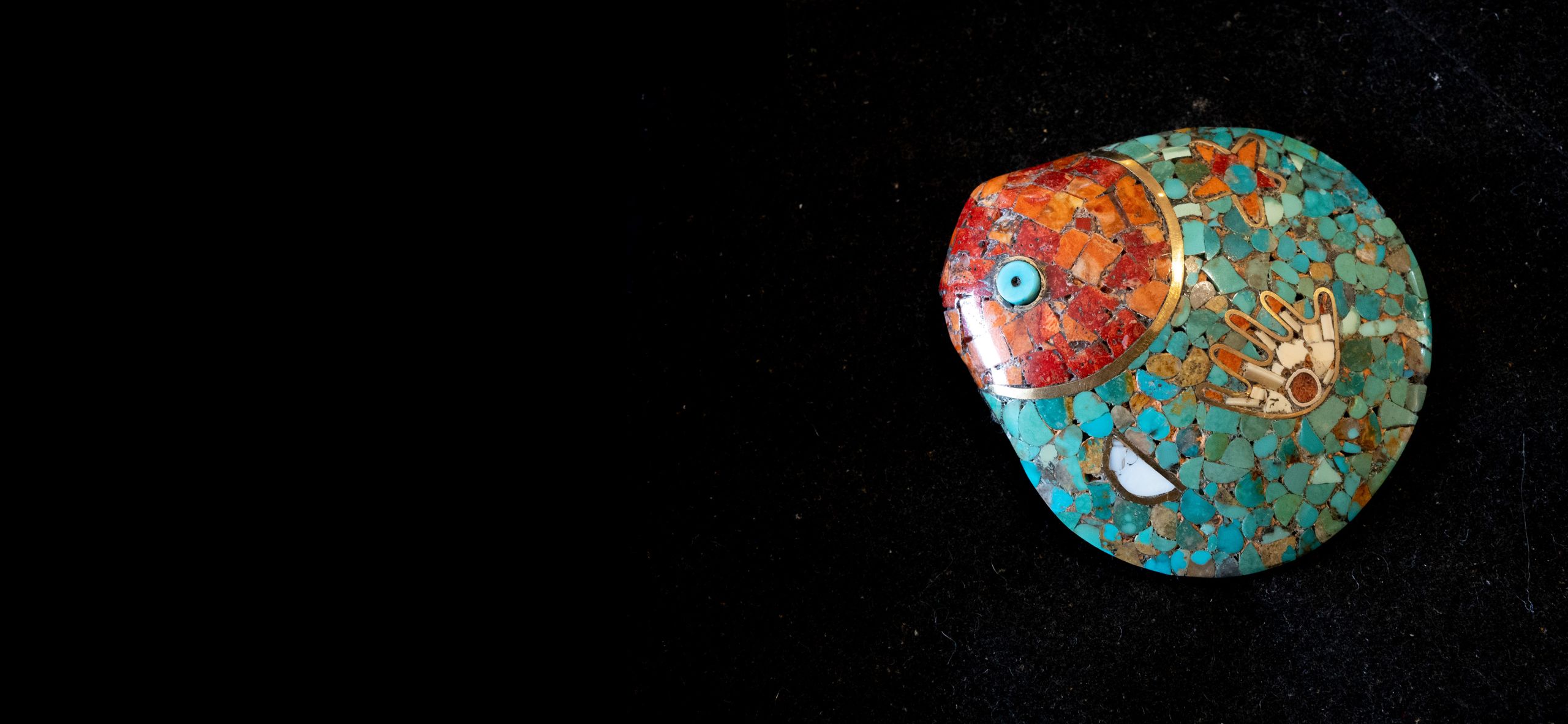
Keshi not only supports individual artisans but also entire families. For example, the Eustace family has a designated case of their jewelry in the store.
Ben Eustace of the Zuni Pueblo and his wife Felicita of the Cochiti Pueblo (located north of the Santo Domingo Pueblo) had 14 children who all became jewelers, as did some of their grandchildren. The Eustace family case encompasses beautiful works from all three generations, which attests to what jewelry-making means to their culture and to their way of life.
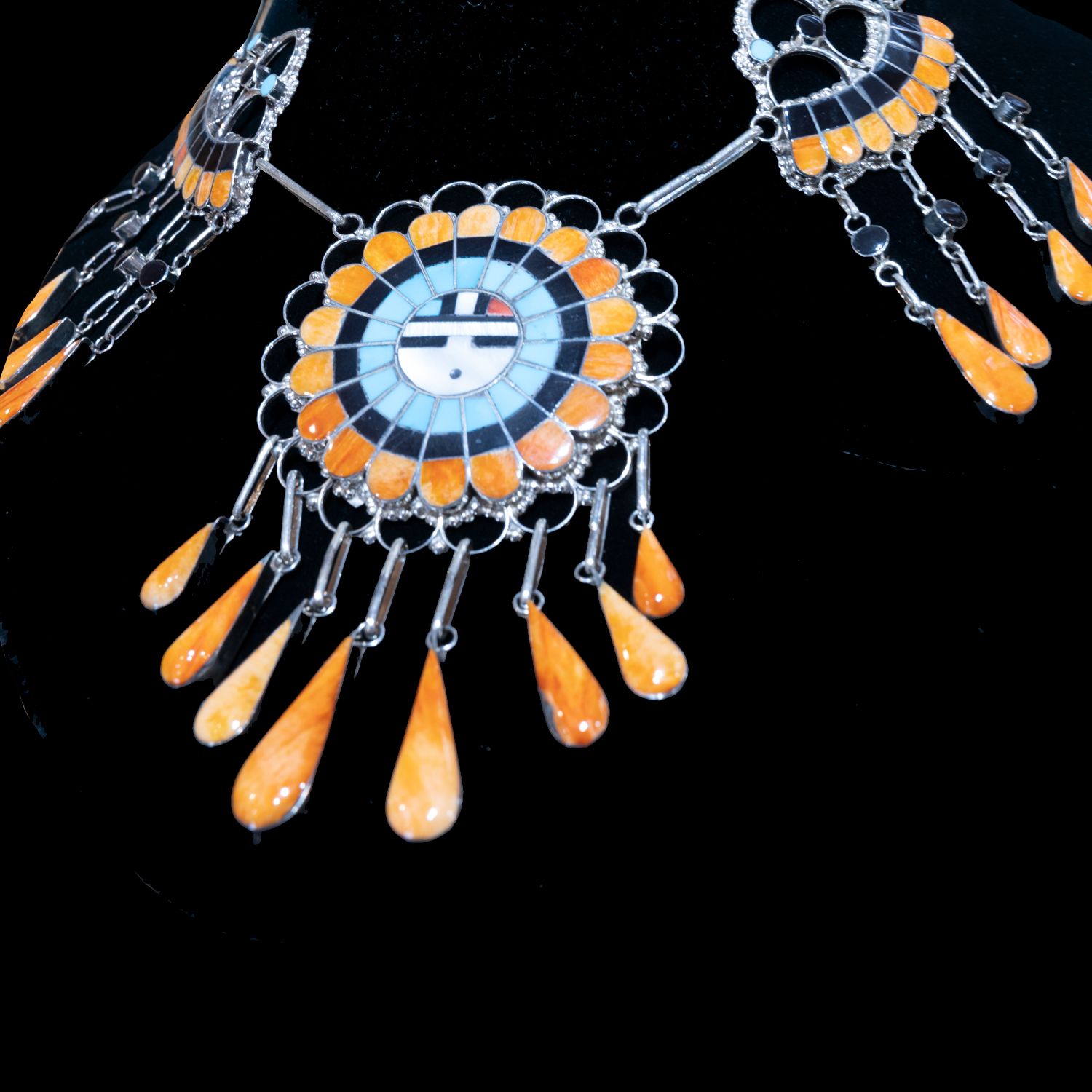
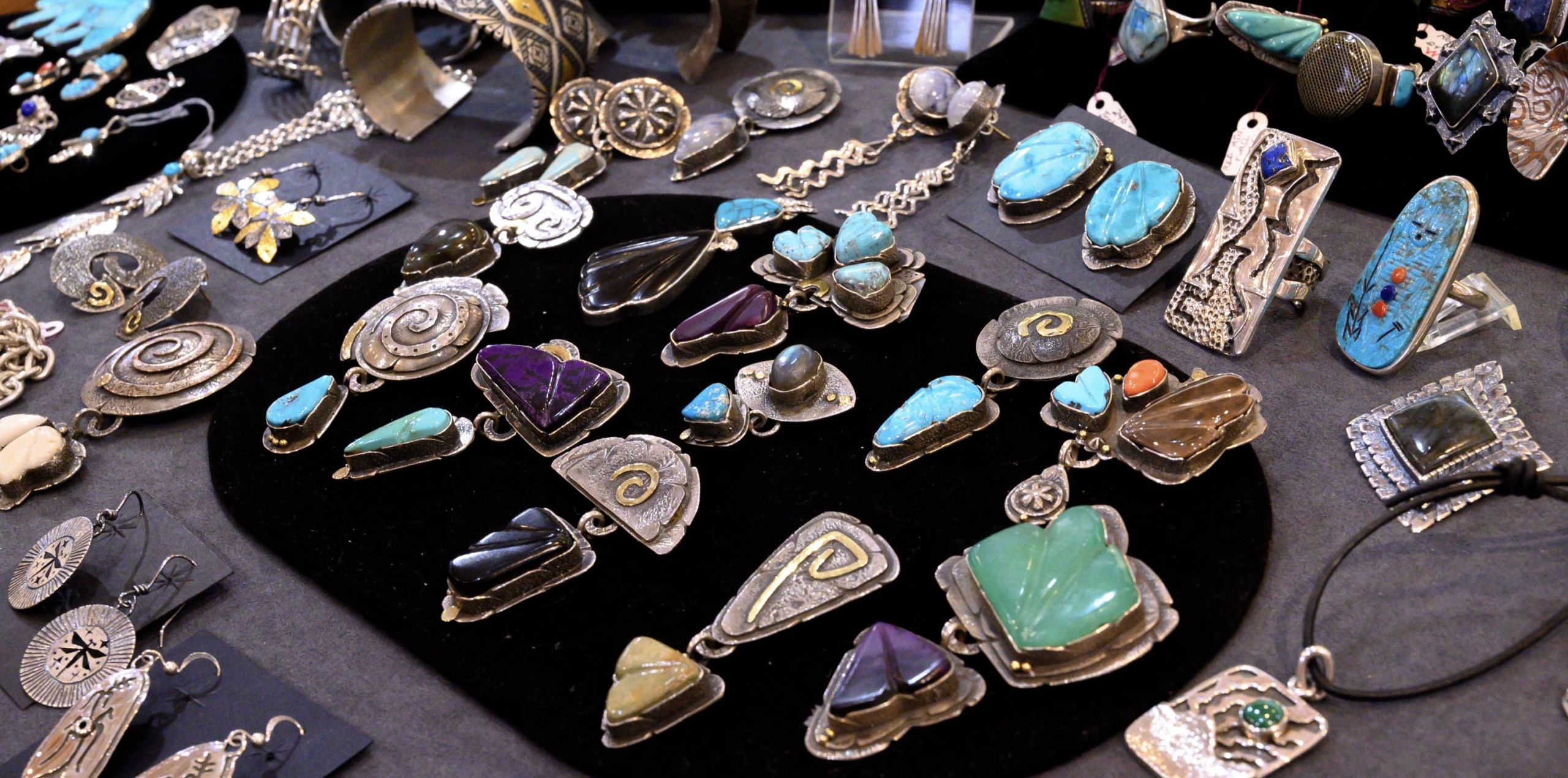
The Eustace family case as seen at Keshi.
The Eustace family case as seen at Keshi.
On the Santa Fe Plaza and throughout downtown, Native American culture is kept alive by the Native Americans themselves. Their artisanship provides income but also serves a more profound purpose. The jewelry allows them to share symbols that are sacred to their culture and to express the meaning of their culture to others. These are a people of great faith in their families and heritage. Gabriel Aguilar continues to make and sell jewelry “to keep presenting what my parents have created.” His words illustrate that jewelry-making is a significant part of the Native Americans’ inveterate customs, livelihood and legacy.
